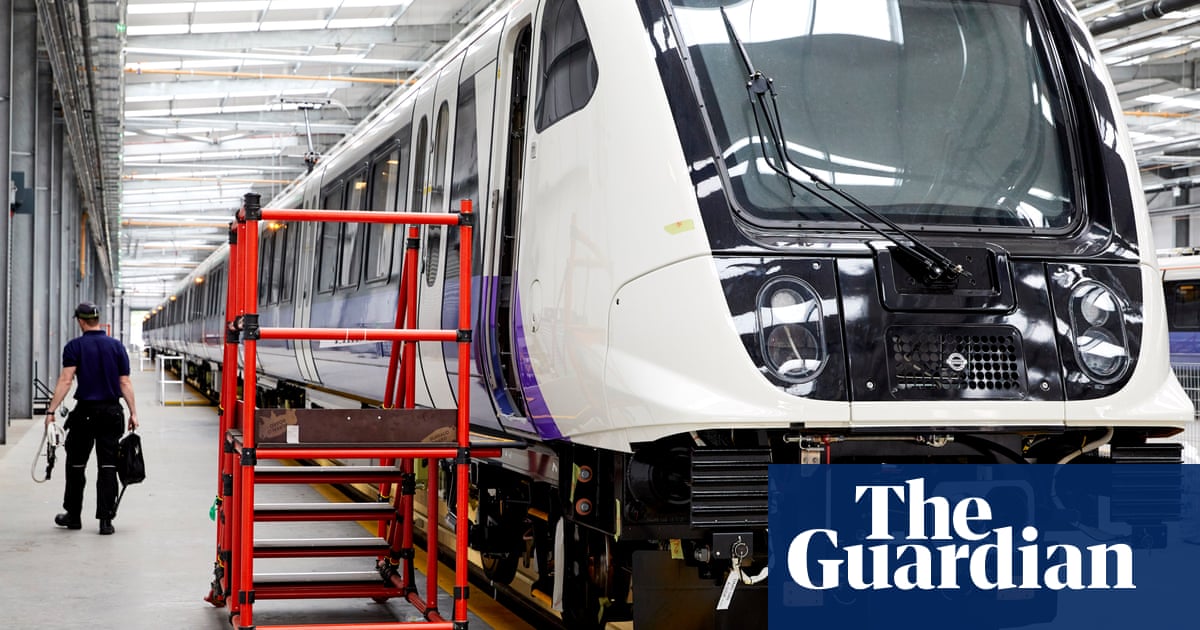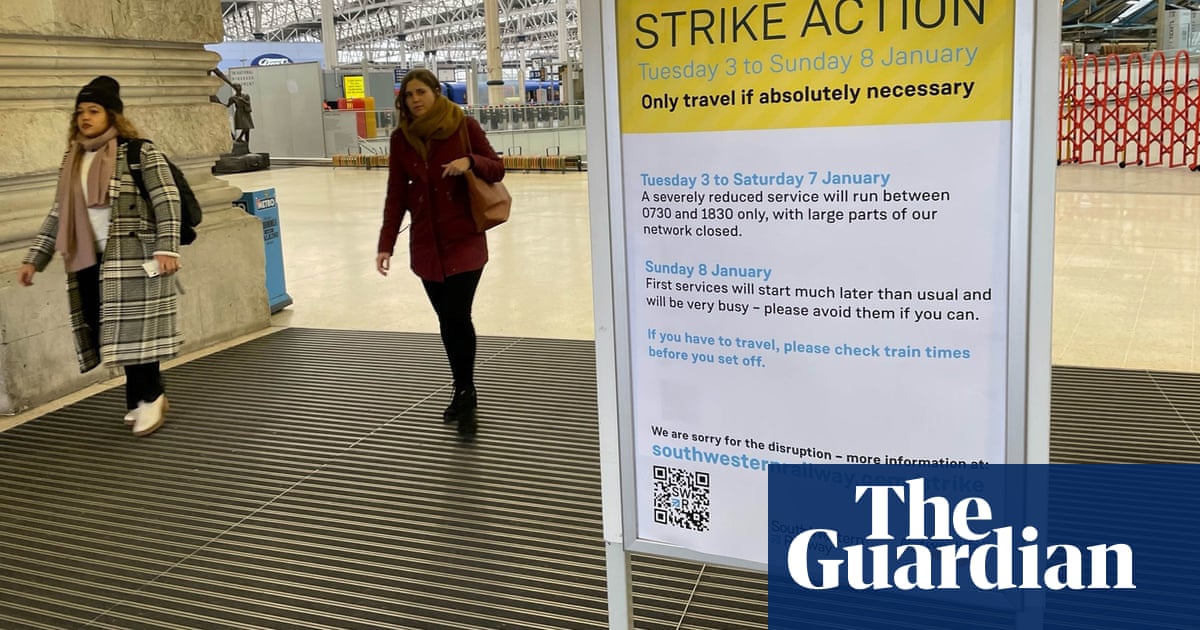
Reduced timetables are to be brought in across Great Britain’s entire railway network by the middle of this month to deal with Covid staff shortages and to match falling passenger numbers.
Train operators said passengers should check before they travel, with more companies due to introduce temporary timetables after moves from ScotRail, LNER and others in December.
The industry body the Rail Delivery Group (RDG) said the reduced schedules would be introduced by 16 January for every operator to make services more resilient and reliable for passengers.
The RDG said the changes would also offer better value for taxpayers in the face of declining usage and fare revenue during the pandemic. It did not give a date for when normal service would resume.
However, unions warned that the current crisis around the spread of the Omicron coronavirus variant should not be used as cover for long-term cuts, while passenger representatives called for first and last services to be maintained throughout.
High levels of staff absence during the latest wave of Covid infections led a number of operators to cancel services in the run-up to Christmas, starting with ScotRail, which was particularly affected because of Scotland’s rules on self-isolation for contacts as well as infected people.
ScotRail brought in a temporary reduced weekday timetable this week, with 150 fewer services a day. CrossCountry has cut about 50 trains a day, while Southern will not run trains to its normal London terminus, Victoria, for the rest of the week.
Transport for Wales and Greater Anglia have switched to amended timetables, while TransPennine Express, South Western, Northern and others are warning of short-notice service changes.
The RDG’s director of people, operations and railway strategy, Susie Homan, said: “The temporary timetables that rail companies are putting in place, with government support, will help ensure more reliable services with fewer short-notice cancellations so that we can continue to get people and goods to where they need to be.
“The government has supported the railway with over £15bn since the start of the pandemic, and it makes sense to better match the number of trains that are running with the number of people travelling, so that the industry gets the most out of every taxpayer pound and doesn’t take more than its fair share of public money.”
Official figures show passenger numbers had fallen back to just over 50% of pre-pandemic levels before Christmas.
However, the TSSA union demanded guarantees that the cuts would only last for the duration of the Omicron wave, with the instruction to work from home where possible making passenger numbers fall rapidly. The general secretary, Manuel Cortes, said: “We really fear that the Tory government is using temporary timetables as cover to reduce services so they can then implement cuts of £2bn on our railways.”
He said the transport secretary, Grant Shapps, should “give passengers copper-bottomed guarantees that rail services will return back to their pre pandemic level as soon as we have any kind of return to normality”, adding: “Failure to do so would be a clear signal of what many fear are this government’s real intentions – cutting train services.”
The RMT general secretary, Mick Lynch, said: “No one should underestimate the impact that Covid is having on transport staff and there is a logic to adjusting services accordingly. However, any attempt to use this crisis to cynically bulldoze through permanent cuts to services and staffing levels would meet the stiffest resistance from this trade union.”
The passenger watchdog Transport Focus said that amending timetables was a pragmatic response if it would prevent chaotic last-minute cancellations. However, Anthony Smith, the chief executive, added: “Services must still meet the needs of those who have to travel, especially key sector workers.
“Operators must protect first and last services, provide enough space to keep passengers at a safe distance from each other, and flexibility so that tickets can be used on alternative routes or times.”












